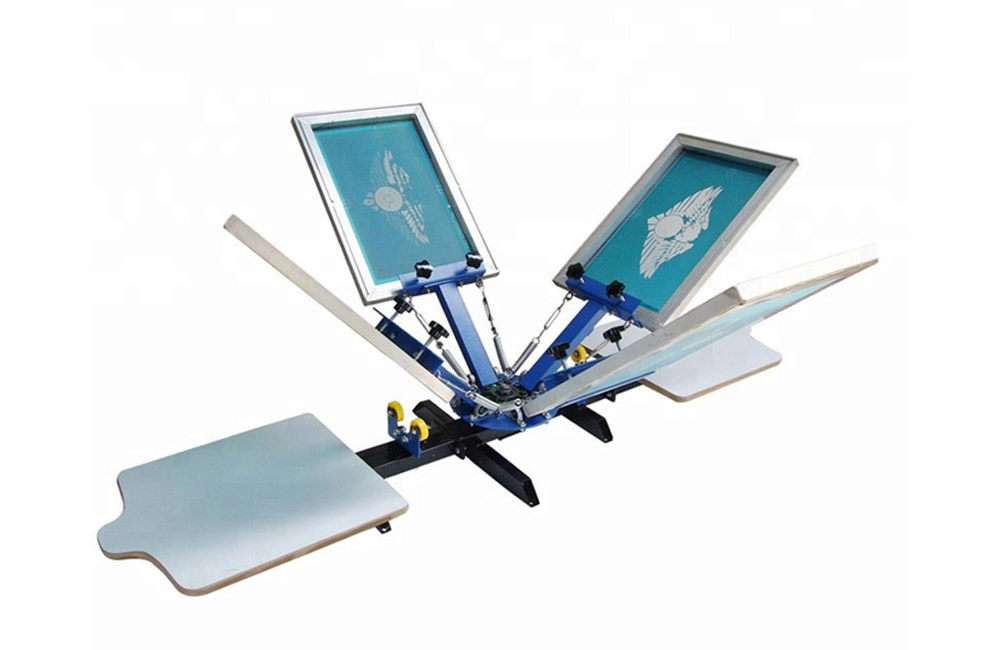How to Avoid Fading and Cracking in Screen Printed Designs
Properly curing ink
Screen printing is a popular method for creating vibrant and long-lasting designs on various surfaces, from clothing to posters. However, one common issue that can arise with screen printed designs is fading and cracking over time. This can be frustrating for both the printer and the customer, as it diminishes the quality and longevity of the design. Fortunately, there are steps that can be taken to prevent fading and cracking in screen printed designs, with one of the most important being properly curing the ink.
Curing ink is the process of applying heat to the printed design to ensure that the ink fully adheres to the surface and dries completely. Proper curing is essential for achieving a durable and long-lasting print that resists fading and cracking. If the ink is not cured properly, it may not fully bond with the surface, leading to premature wear and tear.

One of the key factors in properly curing ink is using the correct temperature and time settings on your curing equipment. Different types of ink require different curing temperatures and times, so it is important to follow the manufacturer’s recommendations for the specific ink you are using. Failure to do so can result in undercured ink, which is more prone to fading and cracking.

In addition to using the correct temperature and time settings, it is also important to ensure that the ink is evenly cured across the entire design. Uneven curing can lead to inconsistencies in the print, which can make it more susceptible to fading and cracking in certain areas. To prevent this, make sure that the design is evenly exposed to heat during the curing process. This may require adjusting the placement of the design on the curing equipment or using a heat press to apply heat evenly.
Another important aspect of properly curing ink is allowing the design to cool completely before handling or washing it. Heat plays a crucial role in curing the ink, but allowing the design to cool down after curing helps to set the ink and ensure that it is fully bonded to the surface. Handling or washing the design before it has cooled completely can disrupt this process and increase the risk of fading and cracking.
Properly curing ink is essential for achieving vibrant and long-lasting screen printed designs that resist fading and cracking. By using the correct temperature and time settings, ensuring even curing across the entire design, and allowing the design to cool completely after curing, you can help to prevent these common issues and create high-quality prints that stand the test of time.
In conclusion, fading and cracking are common issues that can arise with screen printed designs, but they can be prevented by properly curing the ink. By following the manufacturer’s recommendations for temperature and time settings, ensuring even curing across the entire design, and allowing the design to cool completely after curing, you can create durable and long-lasting prints that maintain their quality over time. Proper curing is a crucial step in the screen printing process, and taking the time to do it correctly will help to ensure that your designs look great for years to come.
Pre: Choosing the Right Flash Dryer for Your Screen Printing Setup
Next: Troubleshooting Common Screen Printing Issues with Multi-Color Presses
Tags: